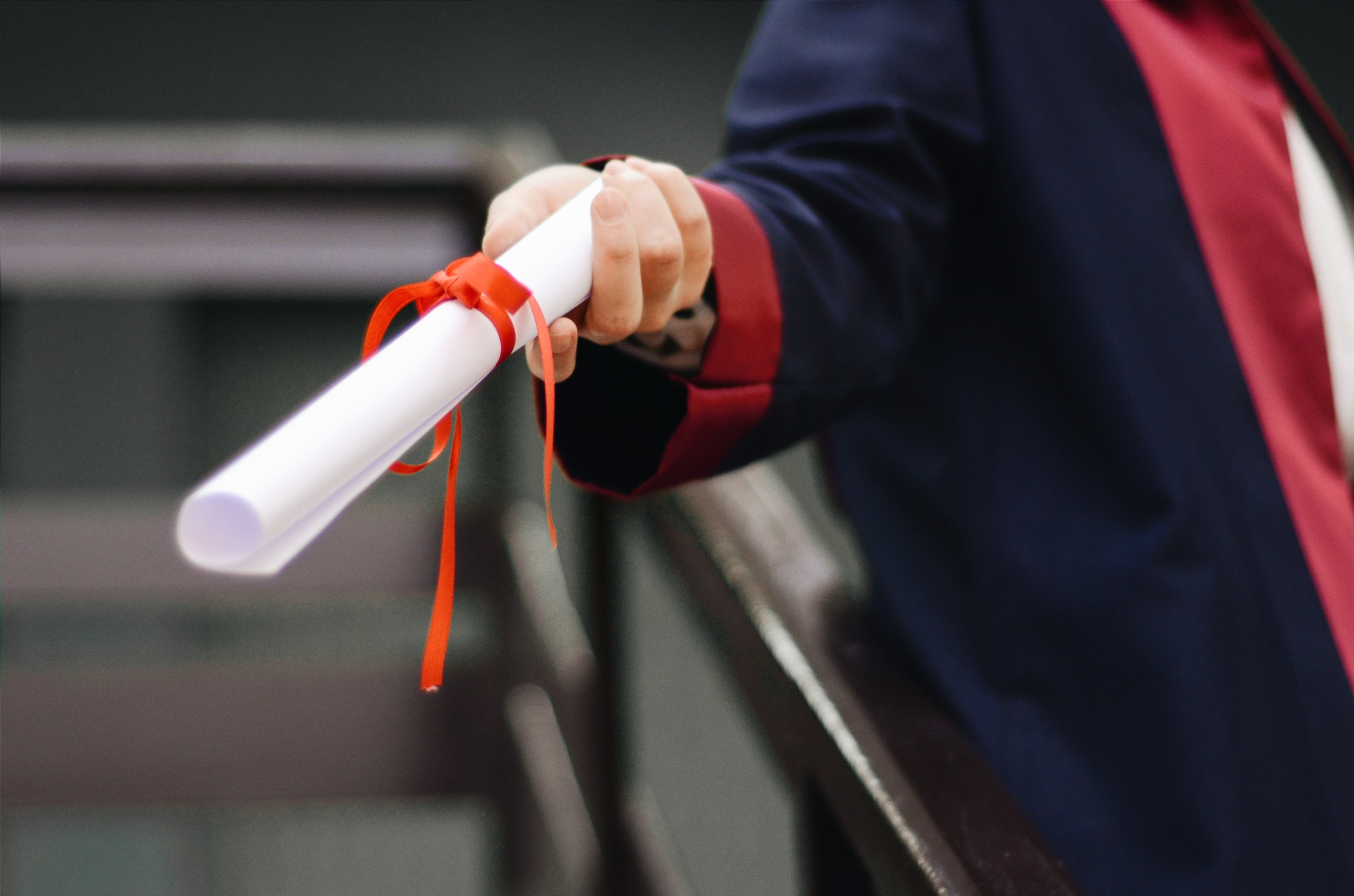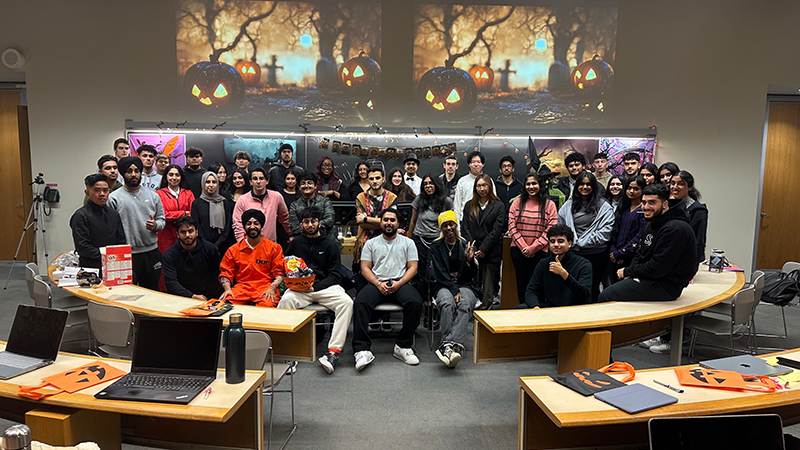Thanks to everyone who attended our recent academic workshop, Stress-Free Citation: Cite It Right With APA! Some great questions and discussions came out of the session.
As a Schulich student, you’ll be doing a high volume of company research, presentations and cases. It’s important that you familiarize yourself with the rules and resources to properly credit research in your assignments and succeed in your classes! Below are some online tools, reminders and helpful places to go when you’re in need of guidance.
Here are some things to check out!
- SPARK (Student Papers & Academic Research Kit): Academic Integrity module
- SPARK’s Academic Integrity checklist
- The Bronfman Library’s Academic Integrity Quick Links Guide
- York University Libraries Business Citation Guide
- Humber Libraries’ “APA in Minutes” video
- The Bronfman Library’s APA Citation Quick Guide
Remember that citations strengthen your work by:
- Demonstrating you’ve done your research
- Providing your reader with additional books and articles to learn more about your topic
- Proving that you respect intellectual property, your education, and the severe consequences of breaching academic honesty! (Harris, 2002, p. 35)
Your FAQs, Answered!
1) Do I need to cite images, charts, graphs, articles, and other information sources on my Powerpoint slides?
YES! You should always create citations when you’re using someone else’s work to build your analysis. The Bronfman library recommends creating in-text citations for your slides using APA and then having a References slide at the end of your deck that gives the complete bibliographic information for the sources you’ve used.
2) So I got this amazing chart from IBISworld and I want to copy and paste it into my assignment. Am I allowed to do this?
YES! However, you need to create a citation with the complete bibliographic information in your assignment. In APA, if you want to reproduce a visual information source like a photograph, chart, or table, you would create a note under your reproduction to show where you found it. You don’t include this information in the References List. The Business Citation guide has some handy examples for how to do this.
3) I want to use information from an author that was cited in a different author’s research paper. Am I allowed to do this?
YES! This is called Citing Indirect Sources or Secondary Sources. It’s recommended that you don’t do this very often; instead, it’s better to track down the original author’s work and read that source, especially if it’s easily available! However, if you need to cite an indirect source, here’s how it works in APA:
- In-text citation: Wood and Logsdon’s study (as cited in Crane & Matten, 2005) discussed how…
- This gives credit to Wood and Logsdon’s ideas, but shows that you found this information in the Crane and Matten article.
- Reference list: Matten, D. & Crane, A. (2005, January). Corporate citizenship: Toward an extended theoretical conceptualization. The Academy of Management Review, 30(1), 166-179. Retrieved from http://www.jstor.org/stable/20159101
- You would create a complete citation for the source where you found the information on the Wood and Logsdon study. In this case, that would be the Crane and Matten article.
4) I always take detailed notes during my classes at Schulich. If I want to use this information when writing my assignment, do I need to create a citation?
YES! In APA your notes from a lecture are considered to be personal communications. This means that your notes are considered to be an unpublished source. When dealing with an unpublished source, you create an in-text citation in the body of the assignment, but you don’t need to include anything in the References list. Here’s an example:
- Strategic management refers to…. (I. Holzinger, personal communication, January 21, 2016).
- Need more info? The Business Citation Guide has additional examples (just scroll down to Lecture Notes).
5) I’m thinking outside the box for my assignment and I’m using a bunch of social media sources like Twitter and YouTube. Do I still need to cite these resources?
YES! Social media and streaming video still count as sources and require an in-text citation in the body of the assignment and a complete Reference list citation. Luckily for you, the Bronfman library has examples for citing social media sources and streaming videos on the Business Citation guide. [hr]
Need more help with citation? Using Chicago or MLA and the above doesn’t really help you out?
Then come chat with a Bronfman librarian (online, in-person, by phone or email) and we’ll give you some pointers for creating proper citations in your assignments!
References
Harris, R. A. (2002). The plagiarism handbook: Strategies for preventing, detecting and dealing with plagiarism. Los Angeles, CA: Pyrezak Publishing






Leave A Comment